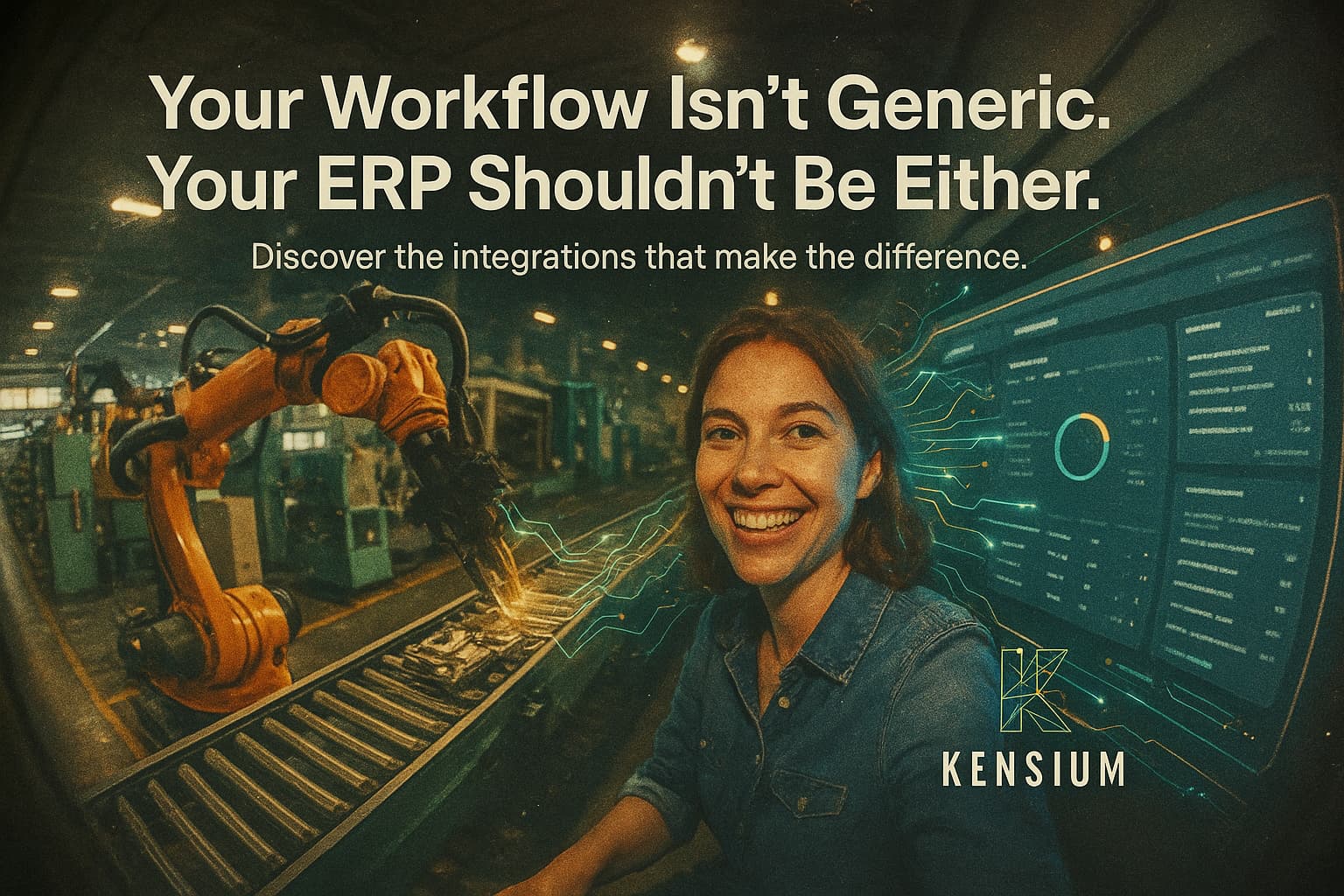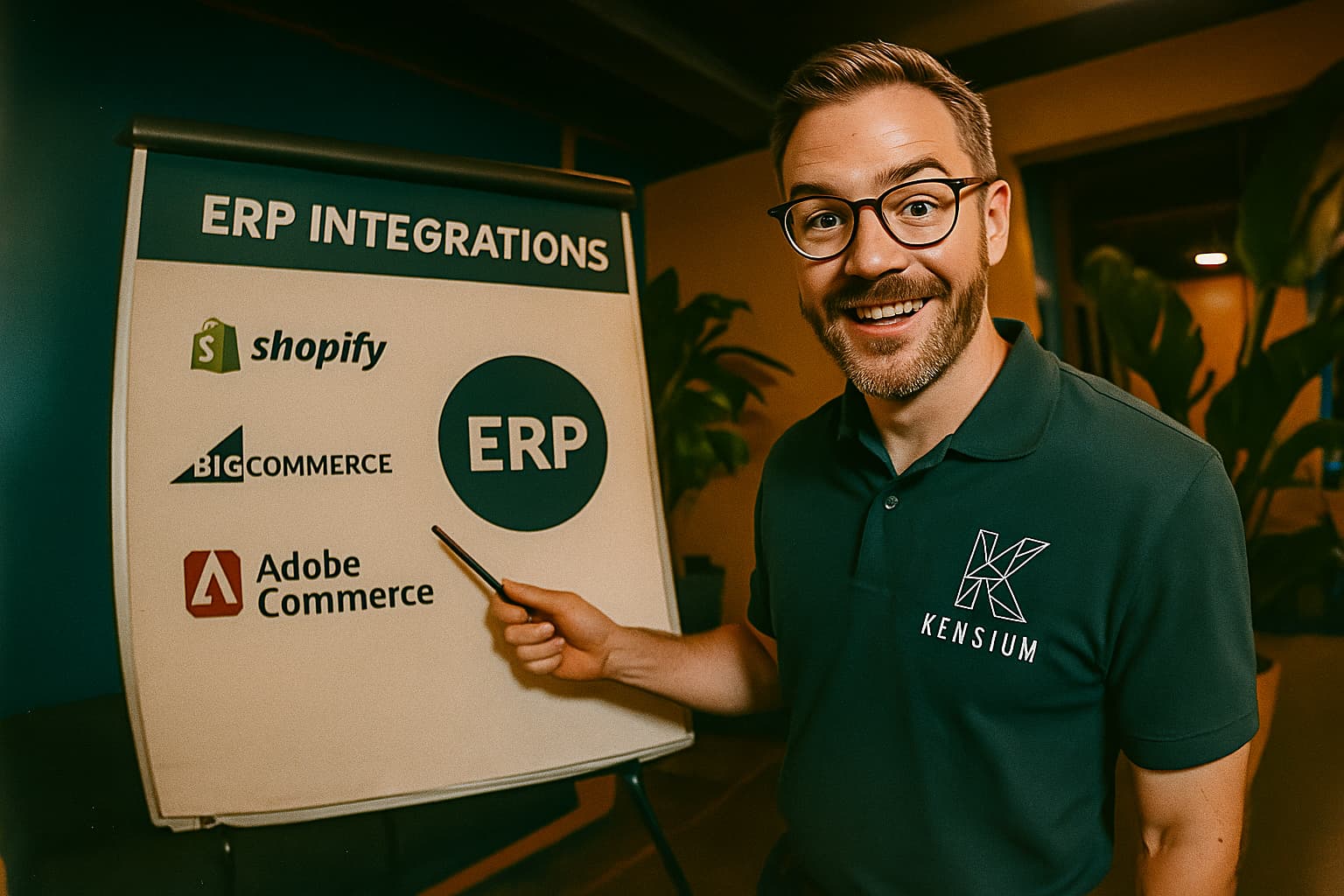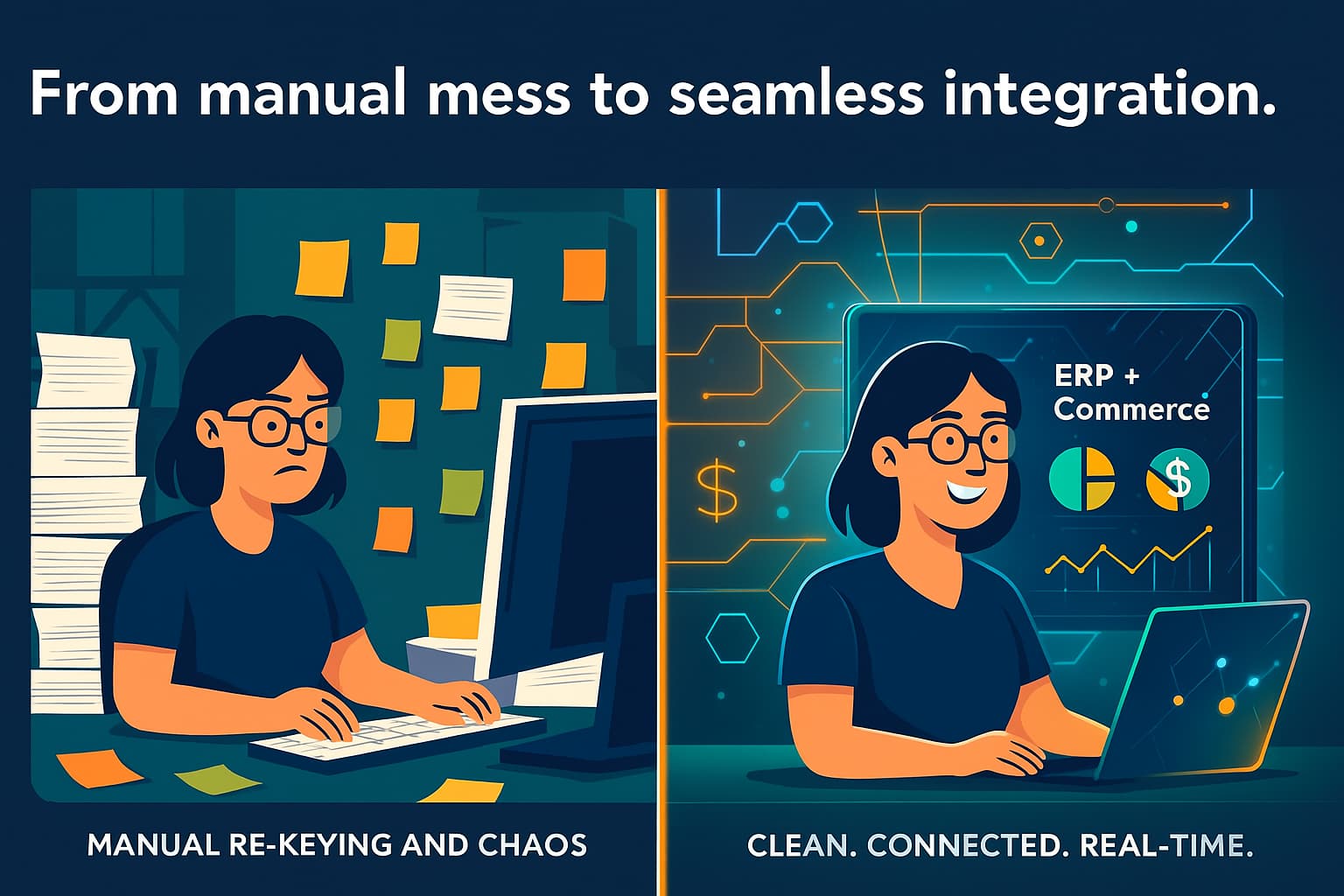
Enterprise resource planning (ERP) software is a critical investment for businesses of all sizes. ERP systems can help organizations improve productivity, efficiency, and agility. However, a poorly planned ERP implementation can have serious consequences, including cost overruns, system downtime, security breaches, and business process disruptions.
According to Gartner, 75% of ERP projects fail. McKinsey also states that more than 70% of all digital transformations fail to achieve their desired ROI.
In this blog post, we will discuss the top 5 reasons for ERP implementation failures and how your organization can avoid them.

1. Lack of specific goals and objectives
I’ll ask a client a simple question: “What do you want to gain from implementing a new ERP?” The responses I usually get back are very broad and general, for example:
- We want to grow
- We want to control expenses better
- We want to close our books faster
- We want better customer service
- We want to manage our Supply Chain better
All valid and good reasons for looking for an ERP, but they are not when implementing an ERP. When you are implementing, you need specific targets such as:
- We expect to see an X% growth in Sales because we can update the inventory for sale on our website in real-time
- We want to reduce the time of issuing Purchase Orders by X days by automating the approval process
- We want to reduce the time to close our books from two weeks to one
- We want to decrease the average time a CSR is on the phone with a Customer by X by making the proper data available to the CSR without navigating multiple systems
Someone once said “You miss 100% of the goals you do not set.” It holds for ERP implementations.
2. Clean and Accurate Data
My team will be surprised that this isn’t number one because I talk about it so much. It is a fact, and the saying “Garbage-In-Garbage-Out” comes to mind. There is no way around it; poor data leads to poor implementations. There isn’t anything more to say.
3. Inadequate Resources
In other words, you can’t put 10 pounds of groceries in a 5-pound bag. Your resources already have a 40-hour-a-week job. Asking them to do another 20 hours a week is a recipe for people to run for the exit. Adjust responsibilities or bring in additional resources to allow your Project Team to spend the proper time to complete the project.
4. Scope Creep
You “one more thing” the project. The next thing you know, you are 14 months in and are still defining customizations. People hear me discuss a “Minimum Viable Implementation” for Phase 1. It is a fancy way of saying. “Get live what you need to run the business.” Typically Procure to Pay and Order to Cash. Stick to basic blocking and tackling. You can always add the bells and whistles in Phase 2, Phase 3, or Phase X.
5. You fail to "own” and instill ownership of the new system
You are paying all these knowledgeable consultants to help you. They do a great job, but they did it all. Then one day, they are gone because you don’t want to pay them anymore, and problems start. Avoid this by instilling ownership and taking responsibility for learning and operating the system.
Real cases of ERP Implementation Failures
Some of the biggest (and most known) businesses in the world have been hurt by a botched ERP deployment, frequently with tragic outcomes. In this section, we'll examine a couple of significant ERP implementation blunders.
Hershey Candies ERP Failure – Unprocessed orders of $100 million worth
Overview
In 1999, Hershey Foods Corporation experienced a major ERP failure that cost the company $150 million in lost sales. The failure was caused by a combination of factors, including:
- A rushed implementation: Hershey tried to implement its new ERP system in just 2.5 years, which was not enough time to do the job properly
- A poor choice of software: Hershey chose a software package that was not well-suited for its needs
- Lack of training: Hershey did not provide adequate training to its employees on how to use the new system
Results
The ERP failure had a significant impact on Hershey. The company was unable to process orders for $100 million worth of products, and it lost market share to its competitors. Hershey also had to spend millions of dollars to fix the problem.
Lessons learned
The Hershey ERP failure provides several lessons for other companies that are considering implementing an ERP system. It is important to set realistic timelines for ERP implementations, and to provide adequate training to employees. It is also important to avoid launching new systems during peak seasons.
Nike's ERP Failure - $100M revenue loss
Overview
In 2001, Nike spent $400 million on a new ERP and supply chain system. However, the system failed to meet Nike's expectations, resulting in a $100 million loss in revenue. The failure of Nike's ERP system was due to a number of factors, including:
Poor planning: Nike did not adequately plan for the implementation of the new system. This led to a number of problems, such as inadequate training for employees and insufficient testing of the system.
Technical problems: The new system was not compatible with Nike's legacy systems. This caused a number of problems, such as data errors and system crashes.
Change management problems: Nike did not effectively manage the change that was required by the new system. This led to resistance from employees and a lack of buy-in from the organization.
Results
The failure of Nike's ERP system had a significant impact on the company. Nike lost market share, its stock price fell, and it was forced to pay millions of dollars in fines. Nike also had to spend an additional $500 million to fix the problems with the system.
Lessons learned
Nike's ERP failure is a reminder that it is important to do your homework before implementing a new ERP system. Companies should make sure that the software is properly tested and integrated with existing systems. They should also have a clear plan for how to use the software and train employees on how to use it.
Strategies for Preventing ERP Implementation Failures
- Get executive/management buy-in
- Select the right implementation team & assign a project champion
- Create a realistic project plan with timeline and budget
- Develop a change management plan
- Define clear system requirements
- Choose the right implementation partner
- Create a data migration plan
- Deploy the system in a phased approach
- Test system thoroughly before deployment
- Provide ongoing training and support
Expertise: The Key to Successful Implementation!
We have ERP implementation consultants and partners with advanced expertise in the disciplines required for a successful implementation: application, technology & architecture, process management, change management, and project management.
Kensium is committed to ensuring your ERP implementation is a success. We ensure:
- System design and configuration align with the organization’s business processes and policies
- Testing activities are based on the requirements initially defined and approved for the project
- To-be processes are fully defined and understood
- Your organization is well-prepared for the change to come
Let's make your ERP implementation a success.
Contact Us Today
Related Insights from Kensium
- Acumatica Commerce Edition The Best Cloud ERP for Magento Stores
- Acumatica ERP vs QuickBooks Online Which Performs Better for Commerce
- AI Search Optimization Insights from Kensium Webinar
- Best Practices to Safeguard Website Speed and Trust from Phishing








.png)













































-small.jpeg)







